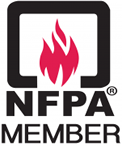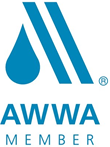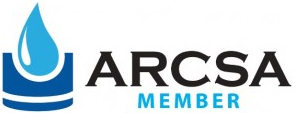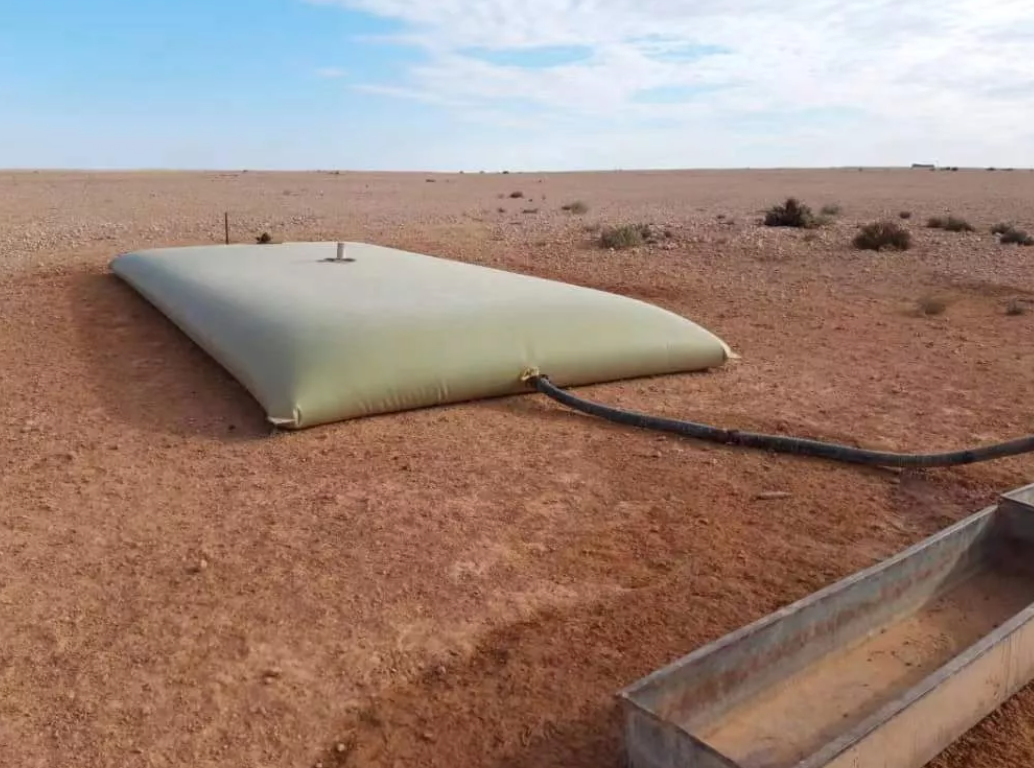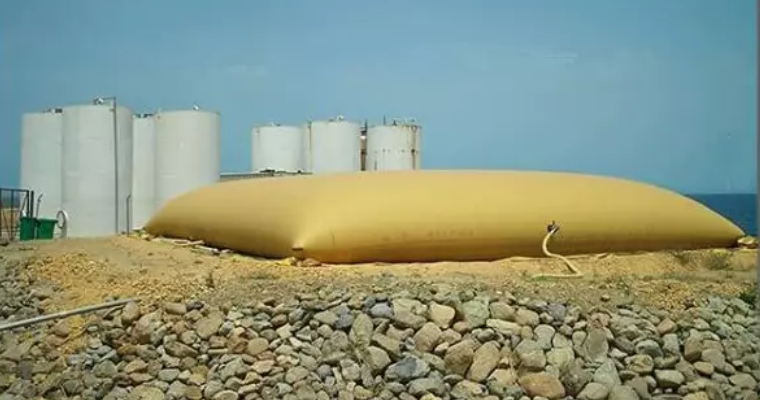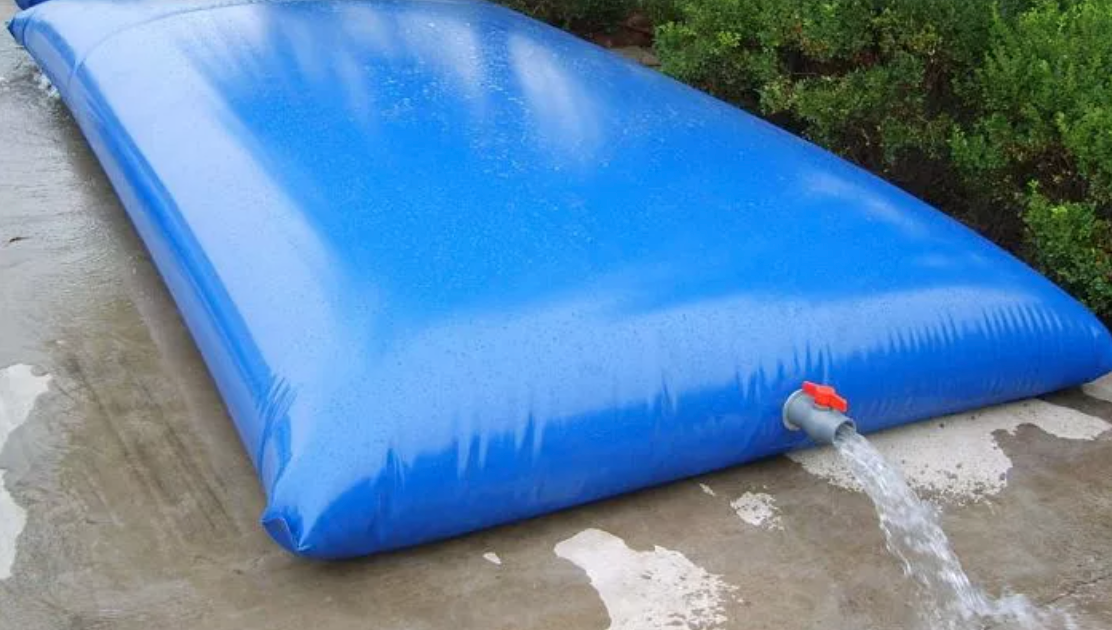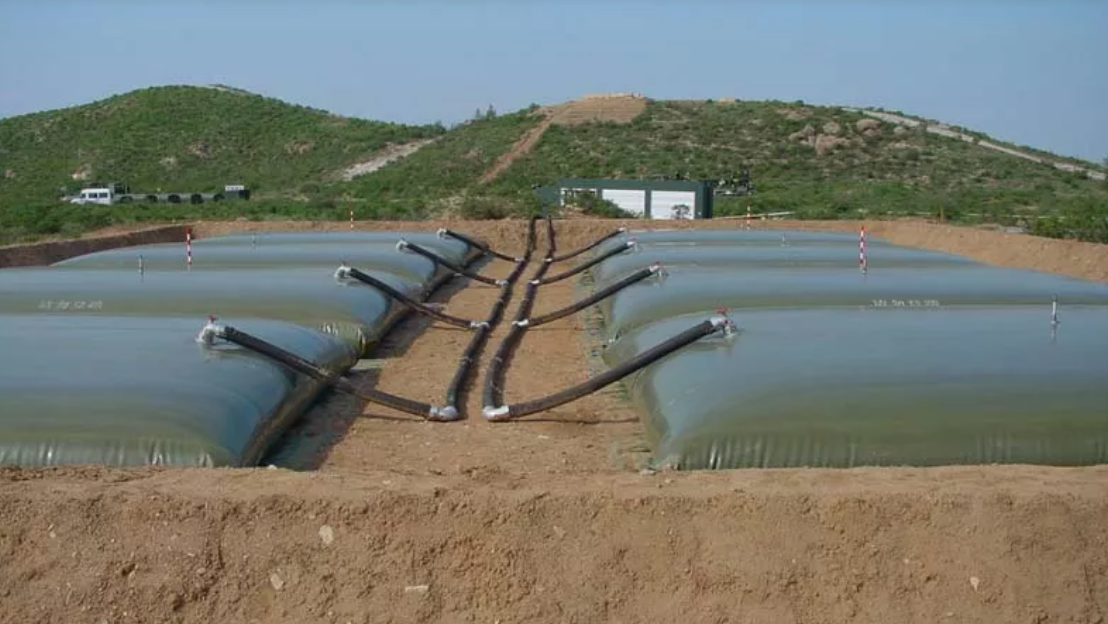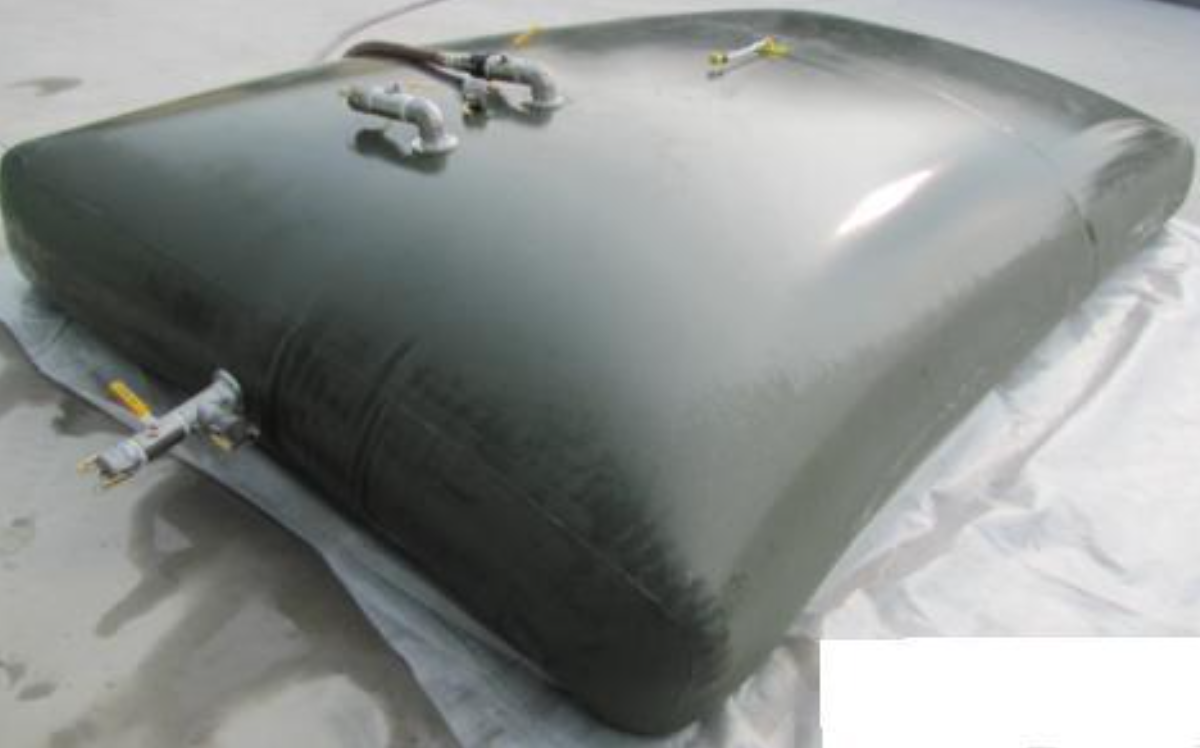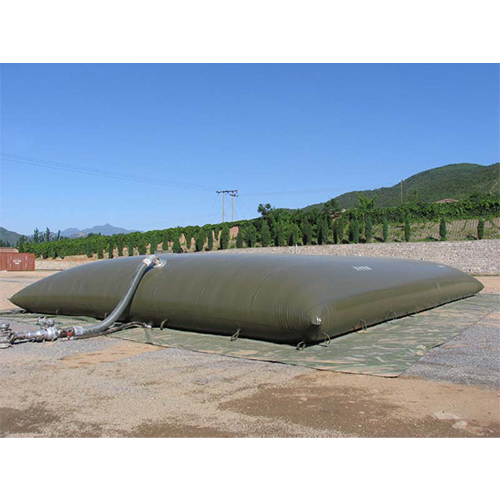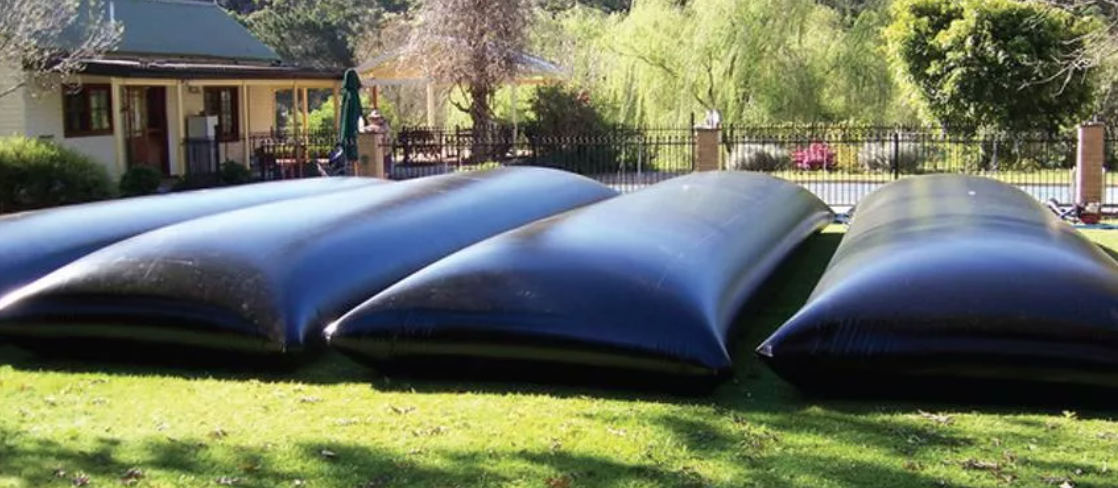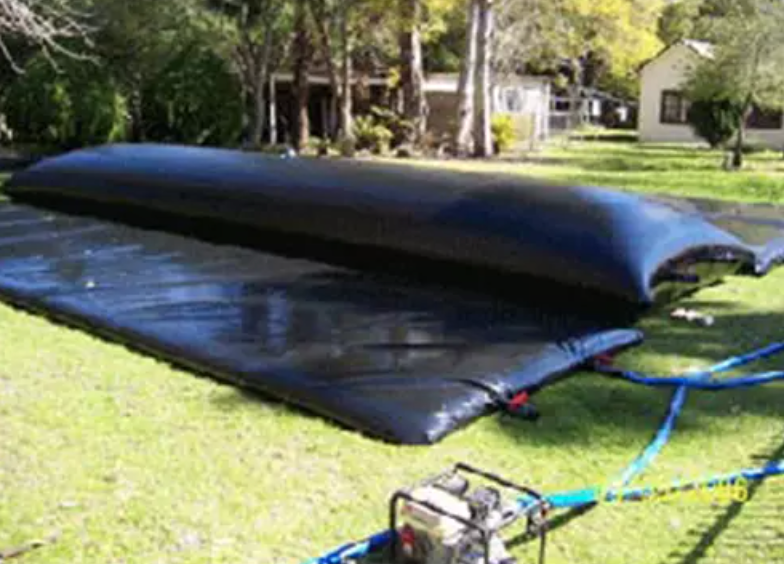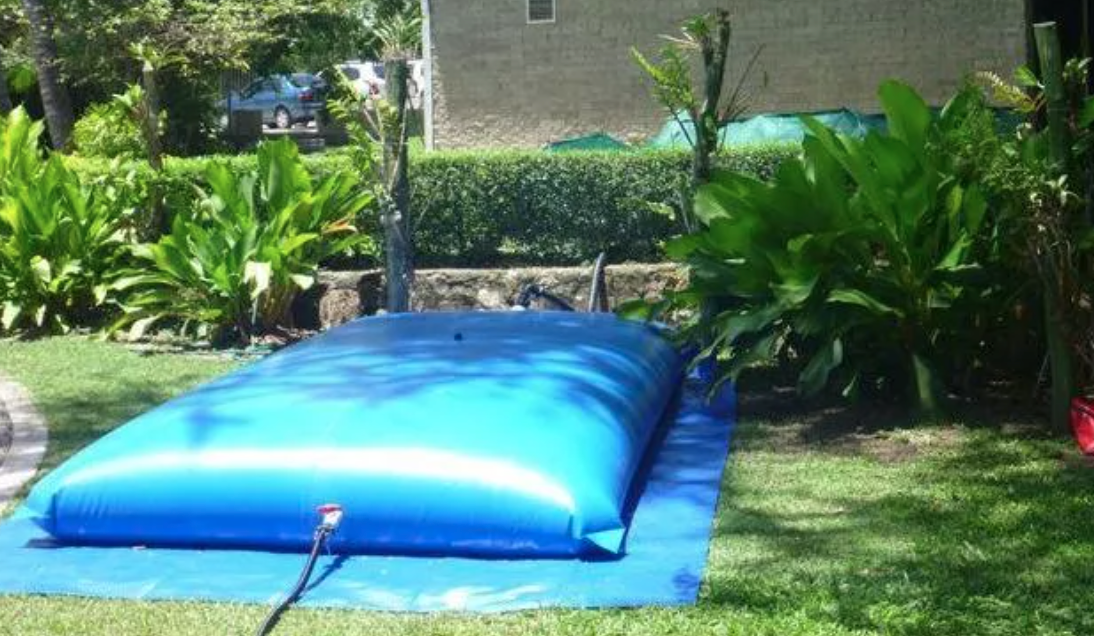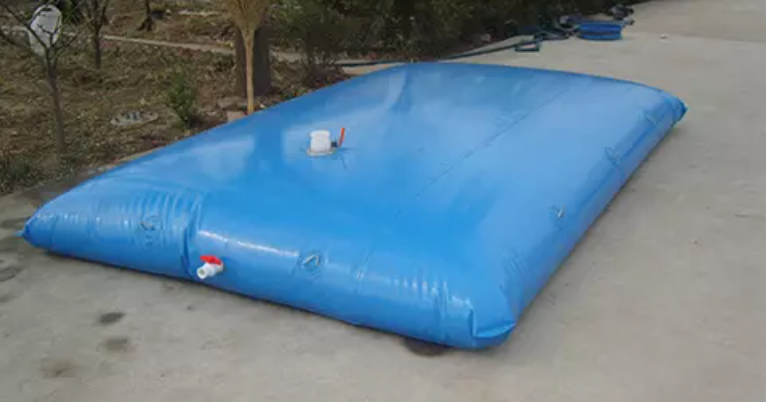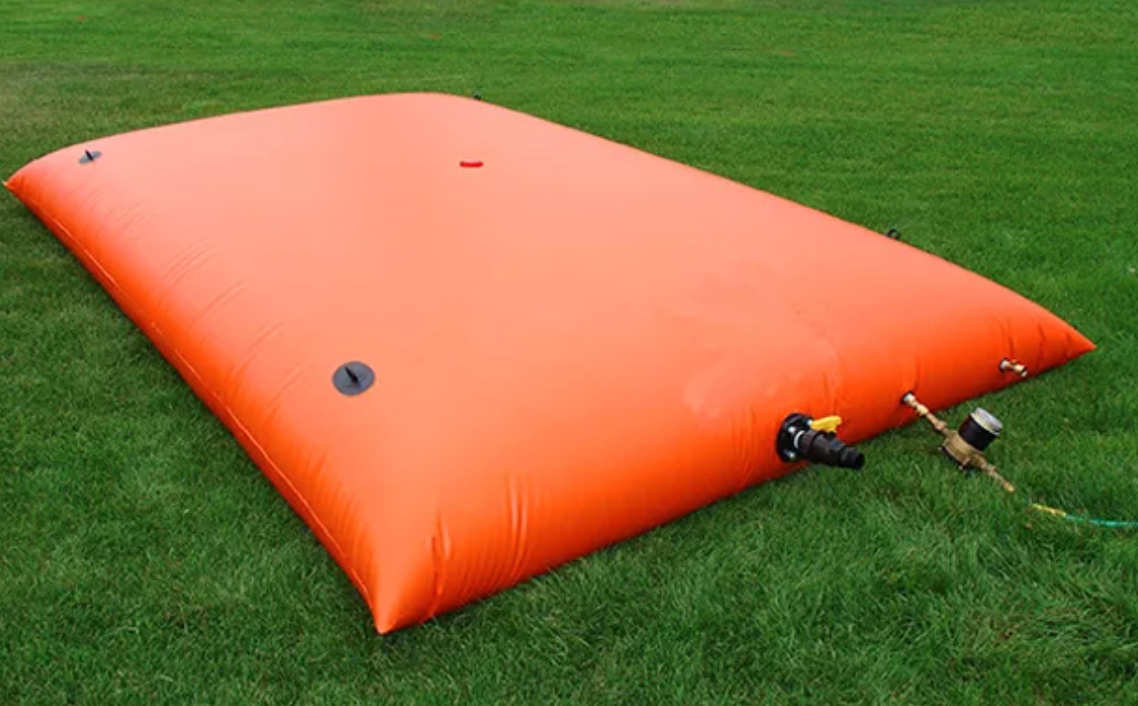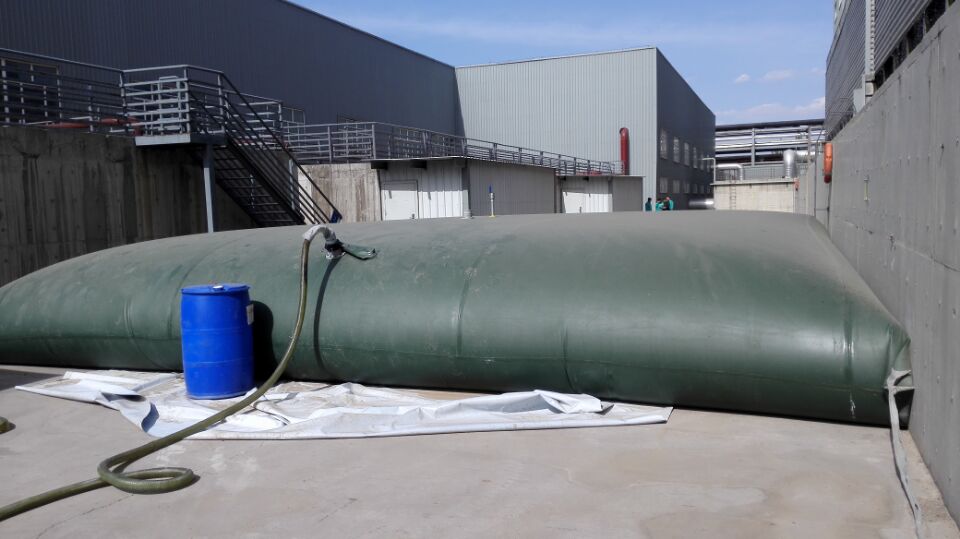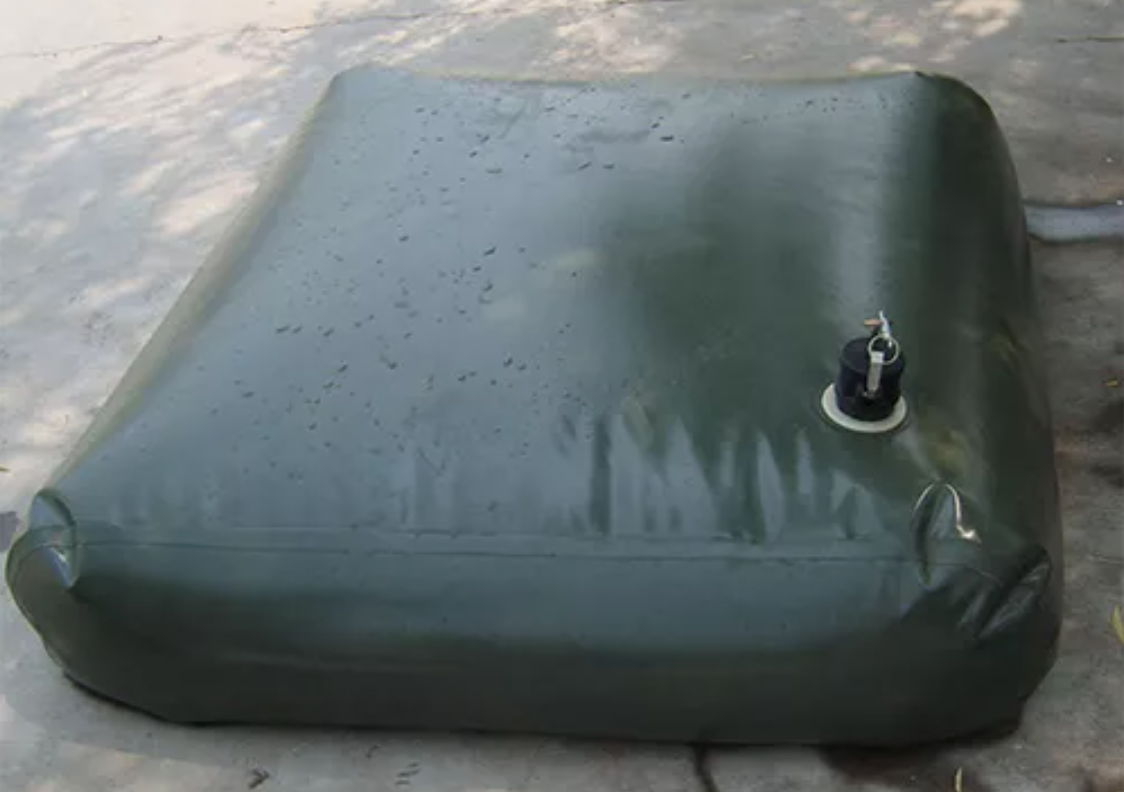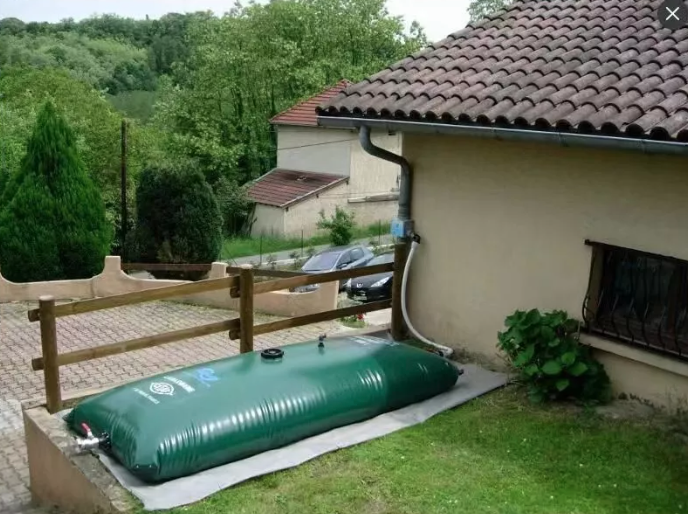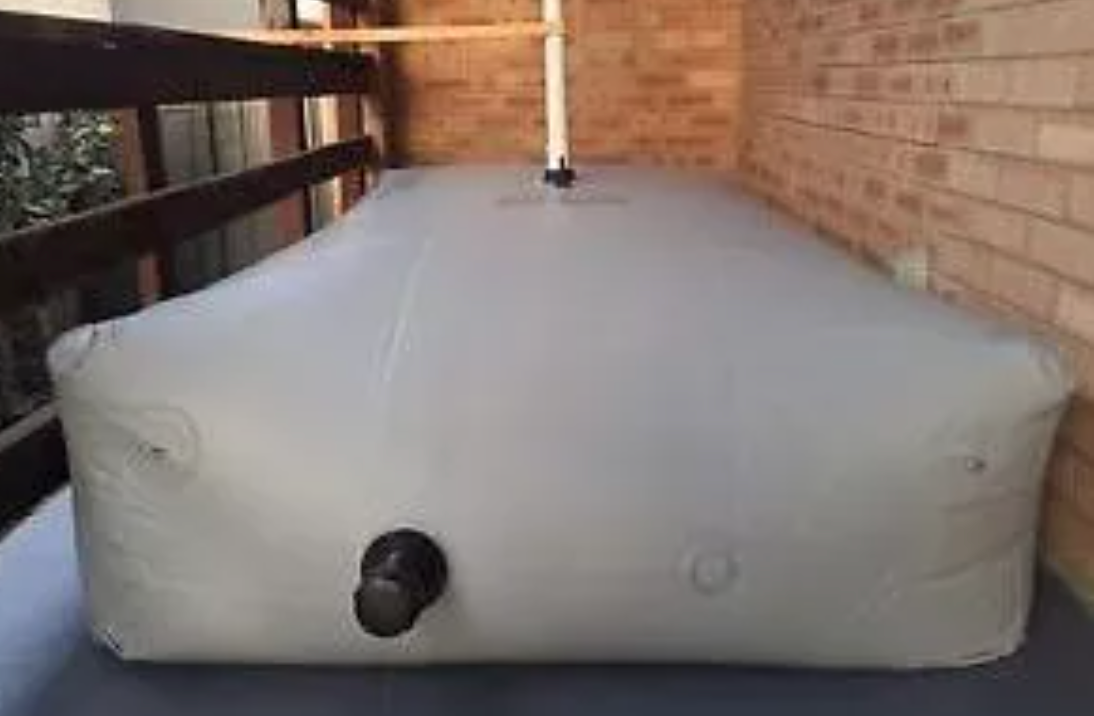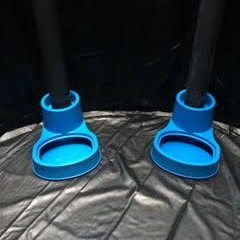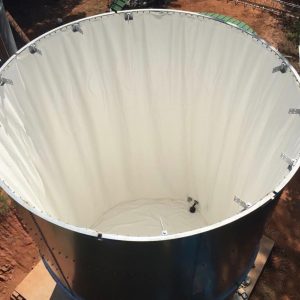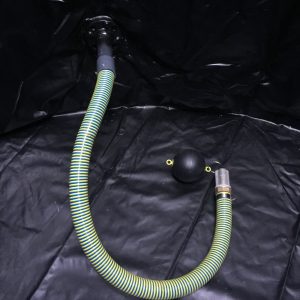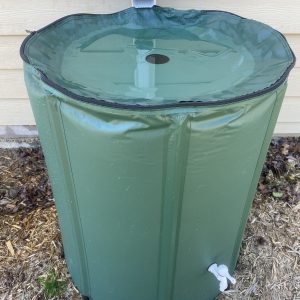Description
Fuel bladders are used in various fields, such as agriculture business, public works, humanitarian, military and industrial areas. Standard tanks are designed for land based use and operations, but can be used in marine settings and in aviation given proper support. Fuel bladders are also commonly used in oil spill recovery systems.
High end fuel bladders offer a high degree of protection of the stored liquids, ensuring the contents never come in contact with air. This ensures that there is no risk of evaporation or explosion due to gas formation. In order to prevent liquid contamination, a neutral barrier film is added to the fuel bladder’s inner side.
Fuel bladders are most useful in situations where critical infrastructure has been compromised or does not exist. Benefits of using a flexible storage system like fuel bladders is their ability to be transported and set up quickly. The pillow shaped bladders are foldable at less than 15% of the total volume. Other unique characteristics of fuel bladders are their high resistance to climatic conditions, which makes them useful for use in disaster zones and wartime and military mobile operations
Fuel bladders or fuel storage bladders are collapsible, flexible storage bladders (also known as tanks) that provide temporary or long term storage for industrial liquids (e.g. fuels). These pillow shaped tanks are designed for large volume liquid transport, industrial chemicals, potable water, sludge, and fuel storage. Standard fuel bladder tanks sizes range from 100 US gallons (380 L) to 200,000 US gallons (760,000 L) capacities and larger and custom fuel storage bladders and cells are available, although at sizes exceeding 50,000 US gallons (190,000 L) there is an increased spill risk. To minimize the risk of leakage, and for the sake of containing a catastrophic spill, all fuel bladders should be housed in secondary containment. The use of fuel bladders without precautionary measures is risky and should not be undertaken. The fines involved with fuel spills are well known and the Environmental Protection Agency has set clear guidelines for the use of secondary containment concerning fuel bladders.
